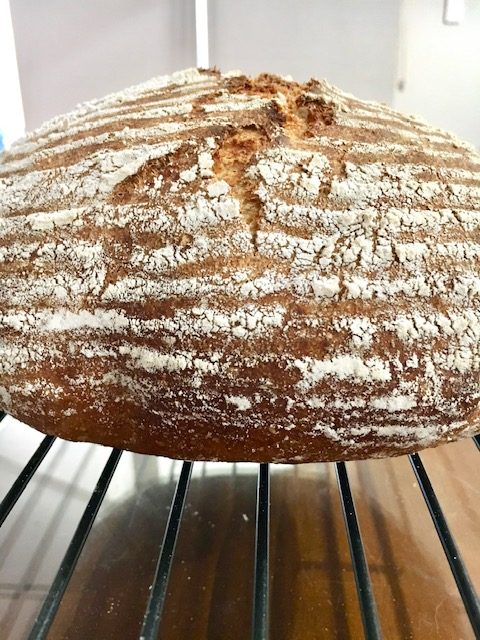
Spelt Bake
There’s nothing better than a beautiful crusty loaf cooked in the casserole pot. For this bake I’ve used one of my favourite recipes, Transitional Rye Hearth Meteil, from Peter Reinhart’s book Whole Grain Breads, but this time I have substituted the rye flour for spelt. Spelt has a great flavour and is rich in many essential nutrients. The recipe uses a mixture of both white spelt and wholemeal spelt flours with a biga made from white wheat flour. As I always do with my favourite recipes, I have doubled the mixture to produce two loaves in the final bake. But I am doing something a little bit different, I am adding Diastatic Malt Flour to one of the loaves so that I can compare the rise and crumb between the two, as well as the flavour and aroma. Diastatic Malt Flour makes a great addition to loaves that use wholemeal flour as it will improve the rise and produce a more open crumb and you only need a tiny bit to make a difference.
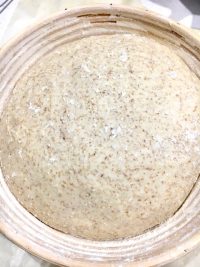
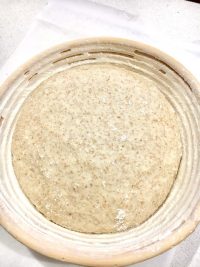
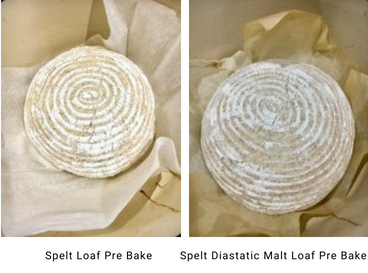 After an hour long rise they are ready for the bbq. The casserole pot has been heated for half an hour at 500’F so it is scorching hot when the boule is placed inside. The loaves are baked at 450’F for 30 minutes with the lid on, then a further 10 minutes with the lid off, allowing the top of the loaf to colour. During this last 10 minutes I do a couple of temperature checks to ensure that my loaf comes out with an internal temperature of 200’F.
After an hour long rise they are ready for the bbq. The casserole pot has been heated for half an hour at 500’F so it is scorching hot when the boule is placed inside. The loaves are baked at 450’F for 30 minutes with the lid on, then a further 10 minutes with the lid off, allowing the top of the loaf to colour. During this last 10 minutes I do a couple of temperature checks to ensure that my loaf comes out with an internal temperature of 200’F.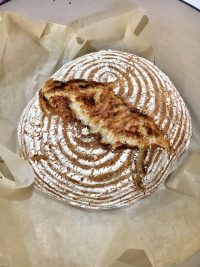
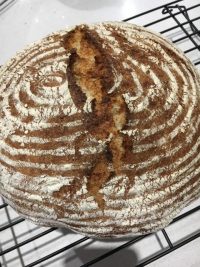
Comments
This post currently has no responses.